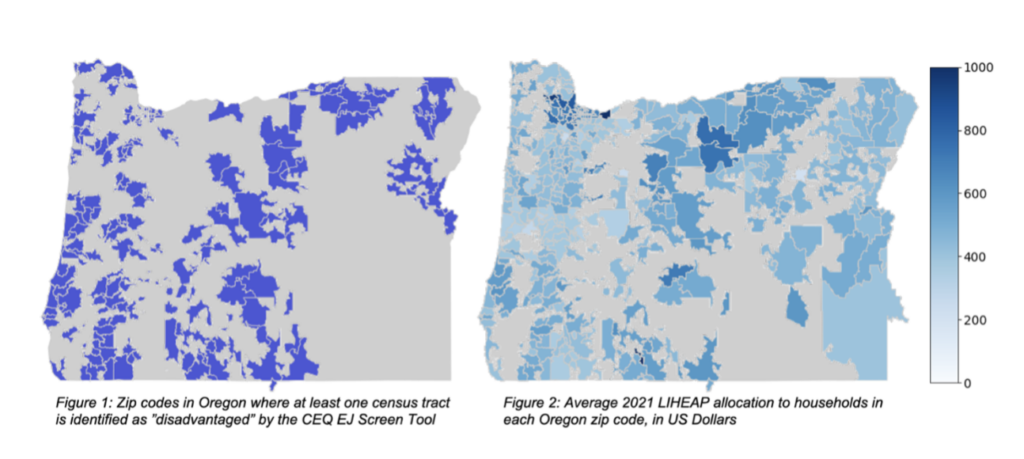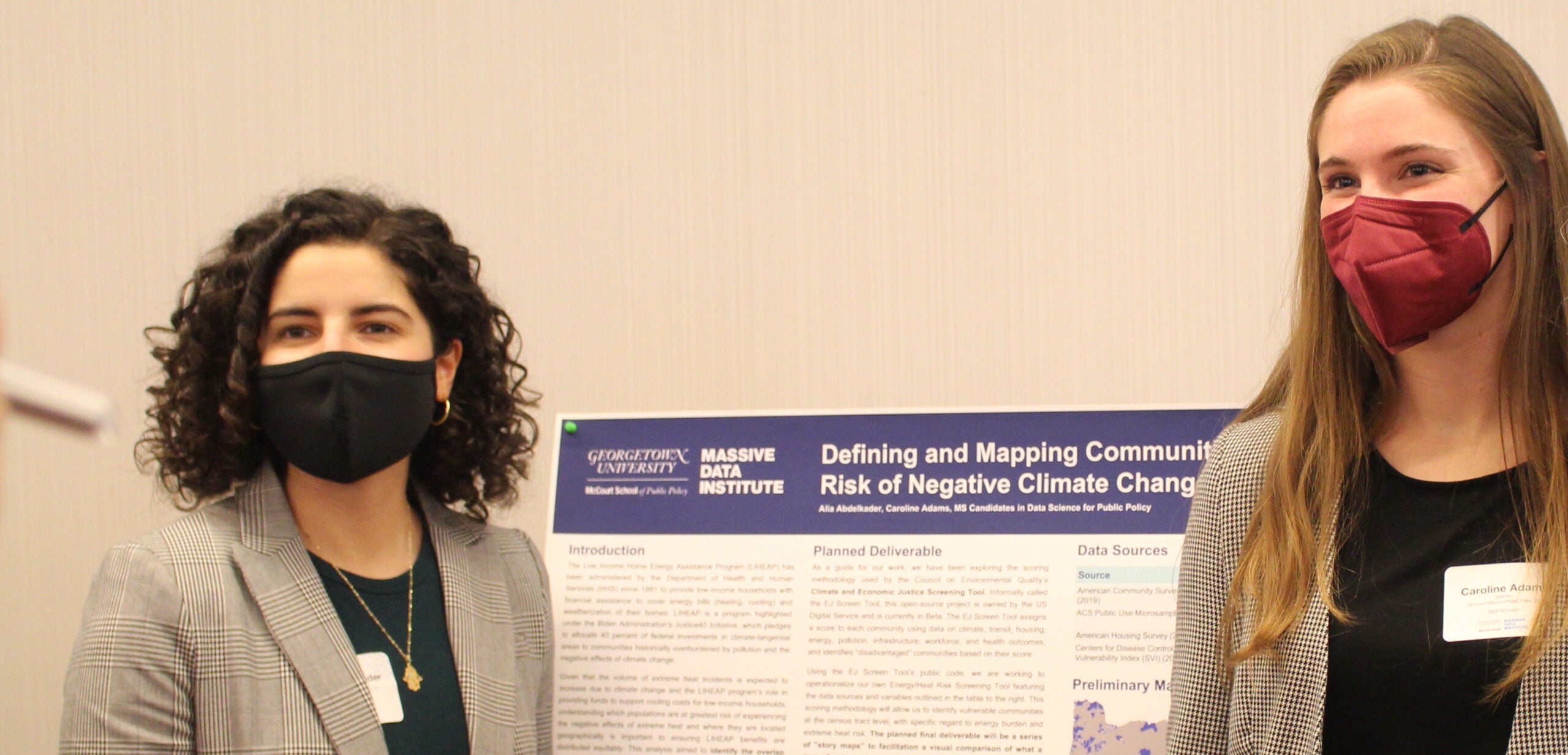Identifying and Mapping Communities Placed at Risk of Negative Climate Change Effects
Exploring the Role of the LIHEAP Program in Mitigating the Effects of Extreme Heat for Families with Low Incomes
The Low Income Home Energy Assistance Program (LIHEAP) is an approximately $3 billion block grant program administered by the U.S. Department of Health and Human Services. Eligible households can receive LIHEAP funds to help with the costs of heating, cooling, and weatherproofing their homes. The LIHEAP program anticipates that the proportion of its funding used for cooling assistance will grow over time as the frequency of extreme heat events caused by climate change increases.
The Biden Administration’s Justice40 Initiative aims to ensure that federal investments in climate and clean energy reach those in greatest need by mandating that at least 40% of the funds goes to communities most at risk of negative climate change impacts. As part of this effort, HHS policymakers are working to ensure that LIHEAP funds are reaching families in communities under economic, social, and climate stress. Abdelkader and Adams are helping HHS:
- Identify which communities are placed at the highest risk of experiencing negative impacts of extreme heat due to climate change
- Map the geographic distribution of these communities across the United States
- Explore how LIHEAP funds are reaching these communities.
In the first phase of their work, Abdelkader and Adams created a vulnerability index using data obtained from the Census Bureau’s American Community Survey, specific to populations that are vulnerable to extreme heat and the populations served by the LIHEAP program. They will next compare their index to an index created by the Council on Environmental Quality (CEQ): the Climate and Economic Justice (EJ) Screening Tool.
In the next phase of the analysis, Abdelkader and Adams will ascertain the extent to which LIHEAP allocations are reaching communities with the greatest need. Figures 1 and 2 provide examples. Figure 1 highlights ZIP codes in Oregon in which at least one census tract was identified as being vulnerable by the CEQ’s Climate and Economic Justice Screening Tool. Figure 2 displays the average household-level allocation of LIHEAP funds by ZIP code in Oregon. It is clear that LIHEAP funds are reaching the ZIP codes that the CEQ EJ Screening Tool defined as vulnerable, in addition to ZIP codes without this designation.
The complete findings will be displayed in a series of interactive story maps by state. Preliminary results and a poster for the Spring 2022 MDI Scholar Showcase can be seen here on the ACF website.

Geographic distribution of vulnerable communities in Oregon compared to average 2021 LIHEAP allocations to households in Oregon
Through this research project, Abdelkader and Adams have applied the technical skills they learned in their coursework for the Master of Science in Data Science for Public Policy (MS-DSPP) program. They have also worked closely with the Office of Community Services team, which has provided subject matter and technical expertise.
Written by Alia Abdelkader and Caroline Adams
- Tagged
- climate change

